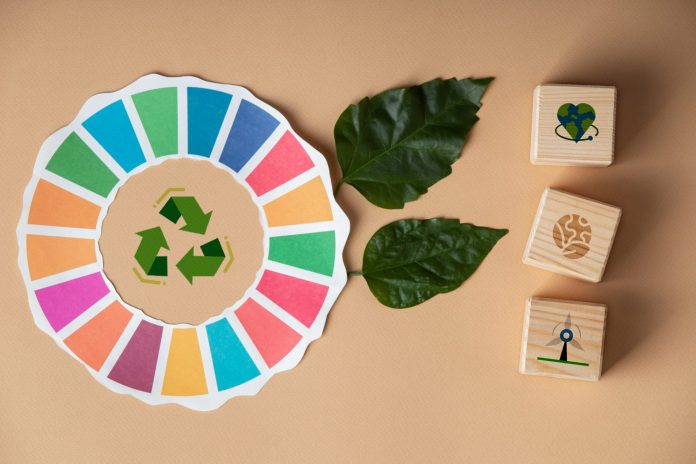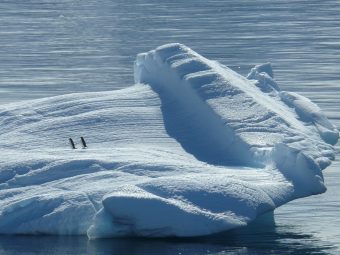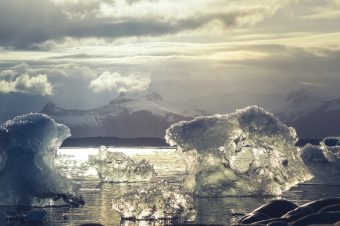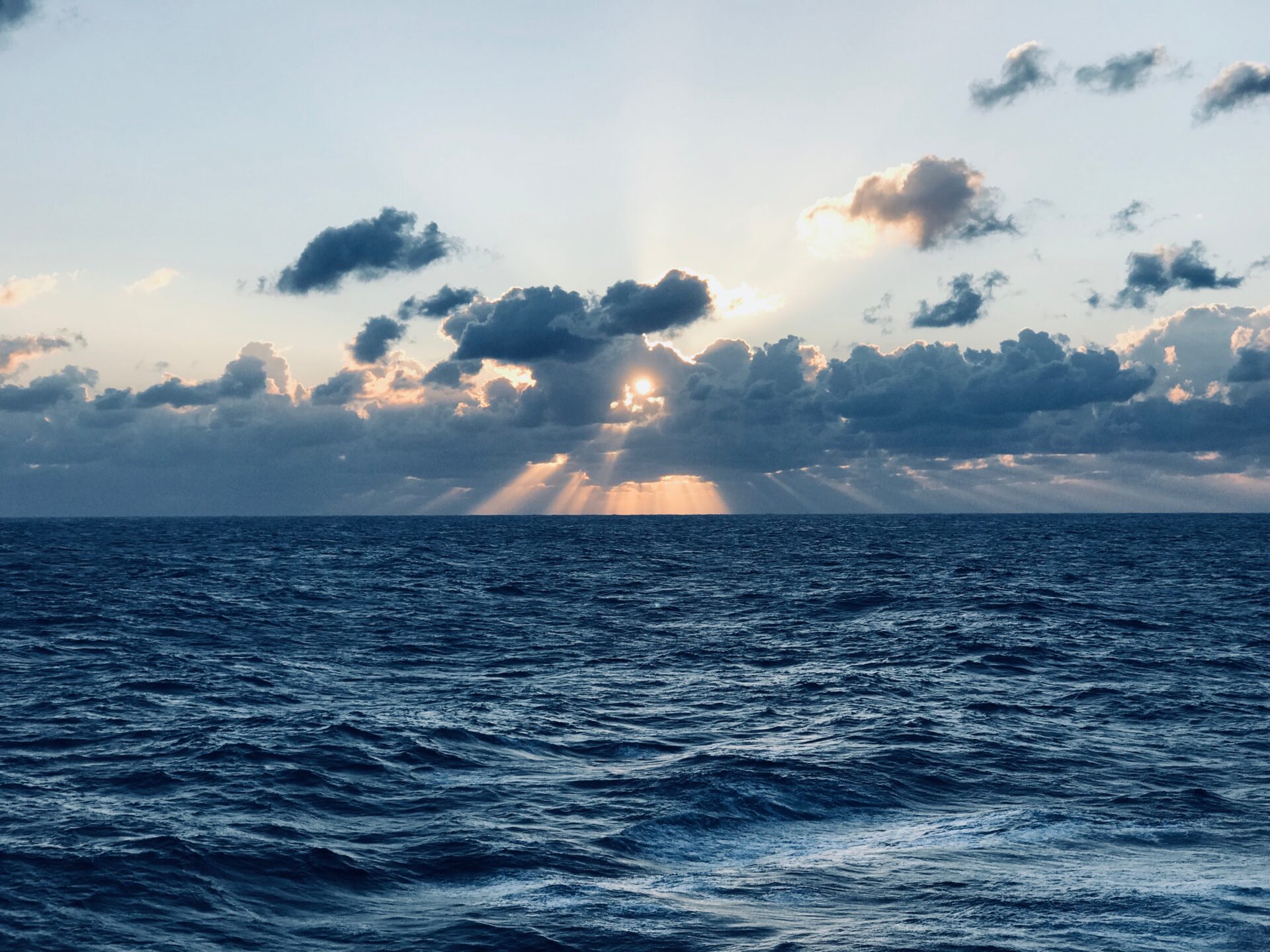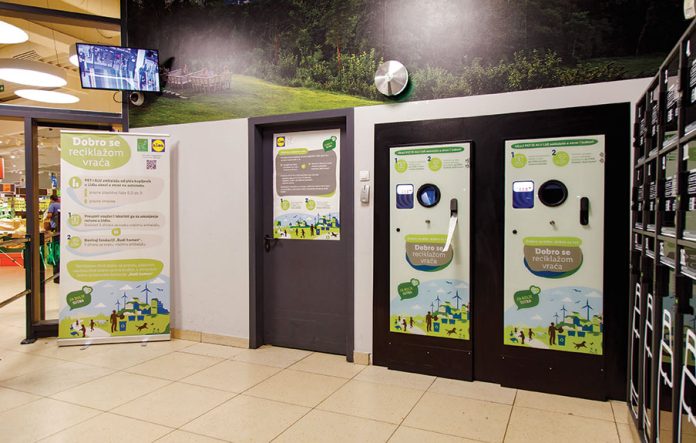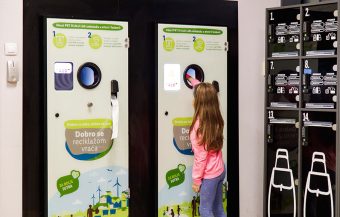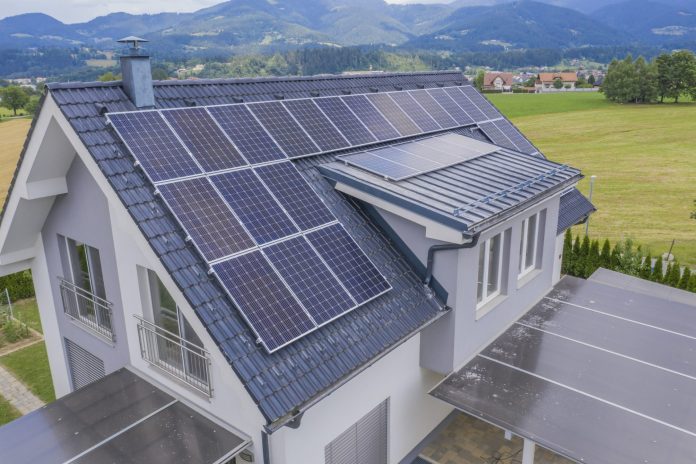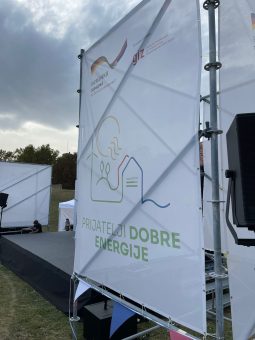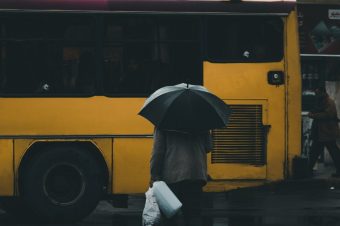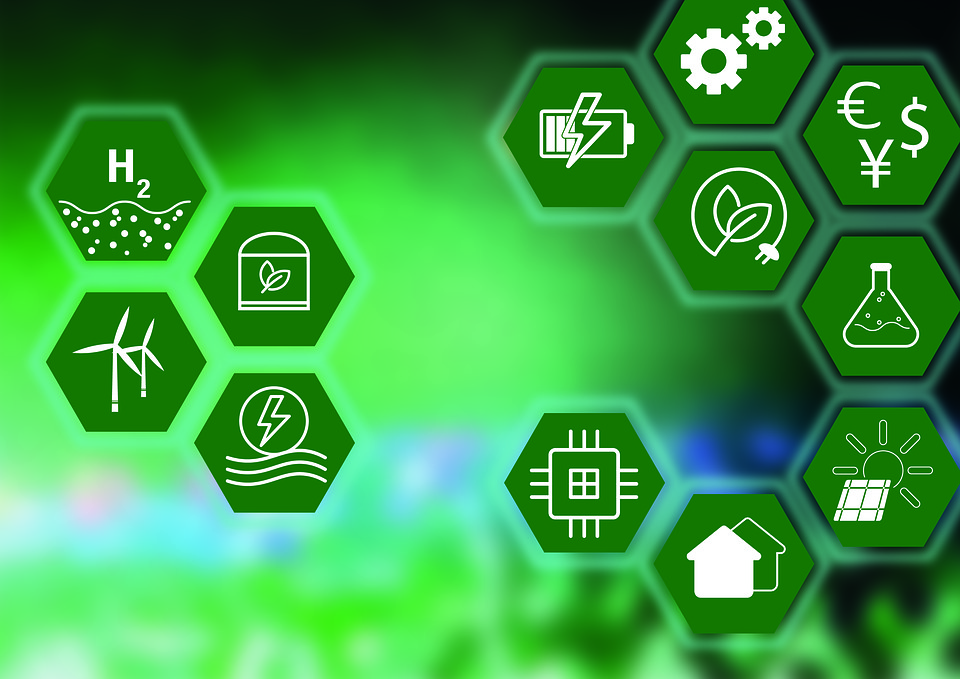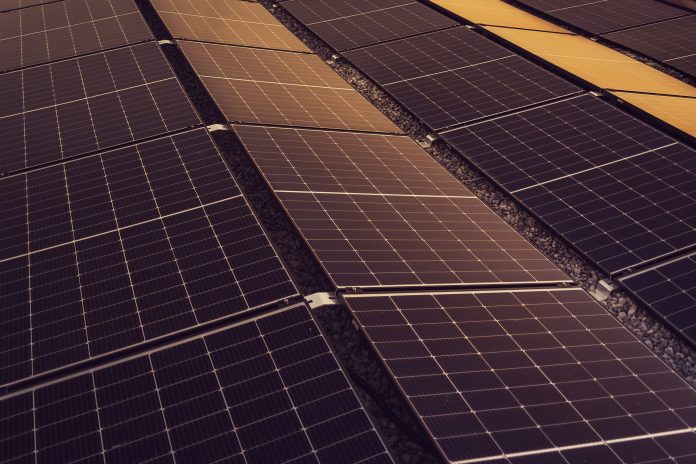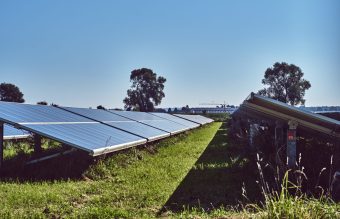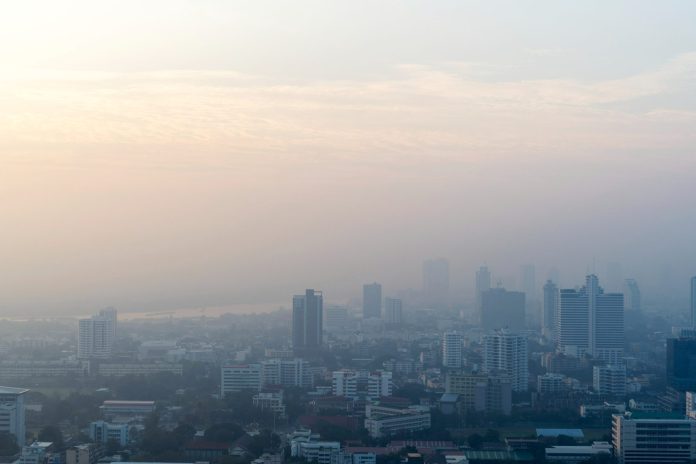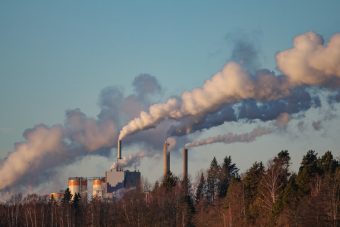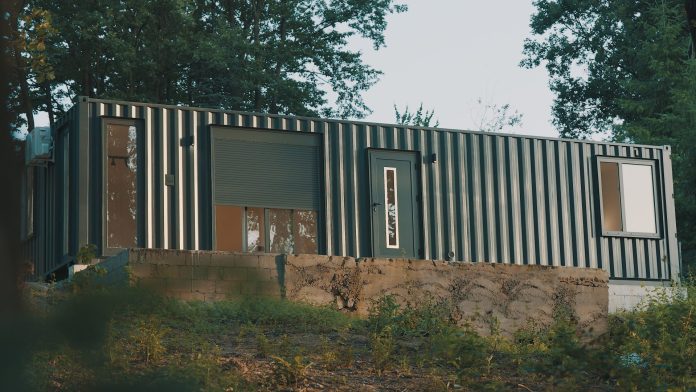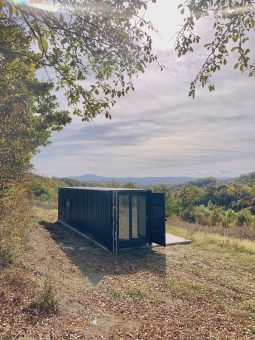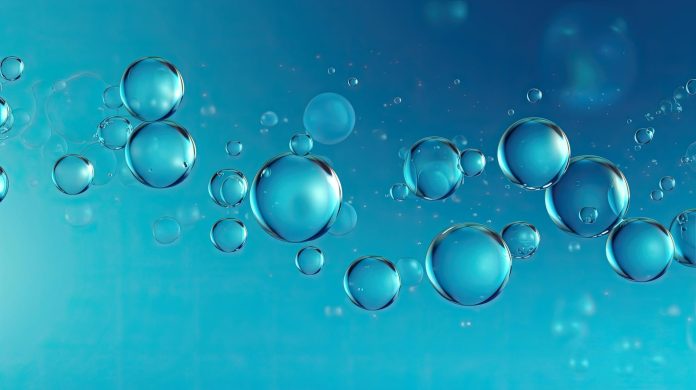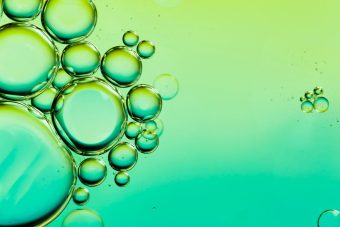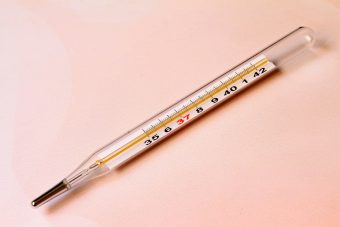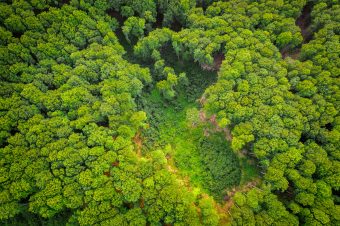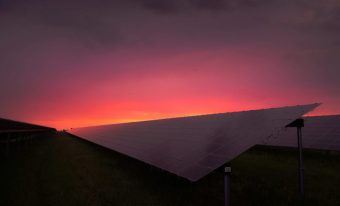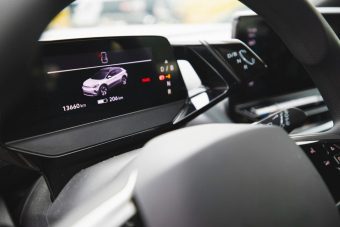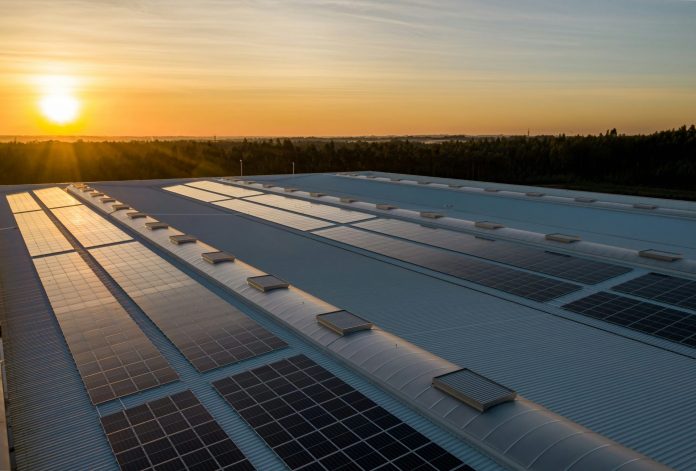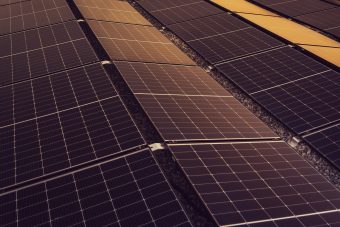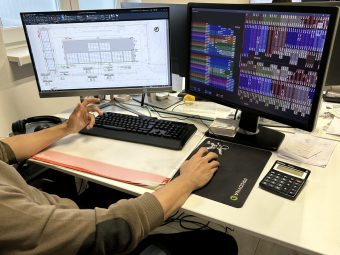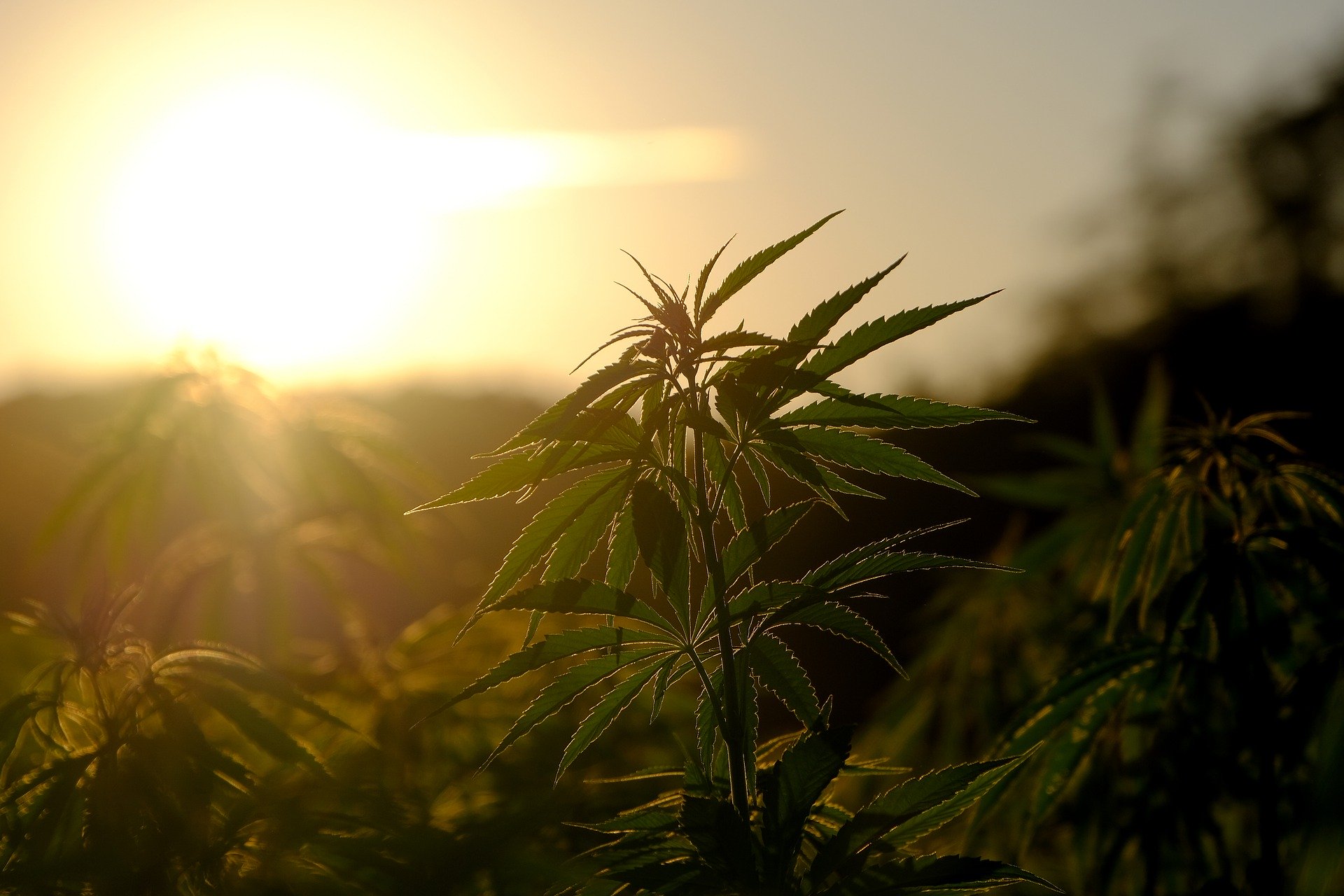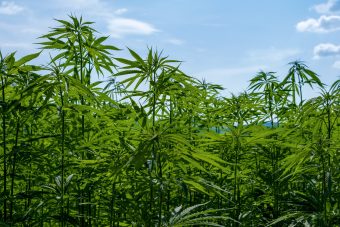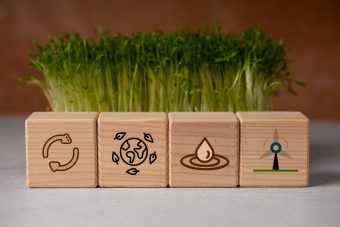
The exploitation of various natural materials and their further use in economic production has a great impact on the generation of greenhouse gas emissions. The circular economy has been promoted worldwide as a solution to the reduction of these emissions. Despite this effort, the circular economy is still underrepresented in national climate policies and measures, according to a new briefing by the European Environment Agency (EEA).
Data collated by the International Resource Panel indicate that the extraction and processing of natural materials such as fossil fuels, biomass, metals and non-metallic minerals account for nearly half of global greenhouse emissions.
The term circular economy usually implies reusing resources that should have ended up as waste. However, it goes beyond that and it encompasses the entire value chain – from sustainable design and efficient production, through to sustainable consumption, longer and better use of products and finally using waste as a resource.
Awareness of the importance of the circular economy is still not sufficiently developed and the concept is not always properly understood. As stated in the briefing, there is a lack of adequate inclusion of climate benefits arising from the inclusion of a circular economy in policies and reporting on the reduction of greenhouse gas emissions.
More:
- INNOVATIVE SOLUTIONS LEAD TO THE CIRCULAR ECONOMY
- HOW THE EU PROMOTES THE CIRCULAR ECONOMY
- CIRCULAR ECONOMY – THINK LOCALLY, ACT GLOBALLY
The reason for this is a gap between the strict sectoral reporting structure that adheres to the Intergovernmental Panel on Climate Change (IPCC) guidelines and the cross-cutting nature of the circular economy. More precisely, this means that the circular economy goes beyond the boundaries of traditional sectors and extends through different stages of the product life cycle. It doesn’t apply to only one part of the chain but includes the entire process – from production to recycling.

We can use, for instance, glass waste to illustrate the benefits of the circular economy. The report would most likely take into account only the data on how many emissions were reduced by the fact that this waste did not end up in a landfill. However, the circular economy plays an even more significant role in the production process of a new glass product. Thanks to the use of glass waste, instead of newly sourced raw materials, significant amounts of energy are saved. The problem is that such benefits from the application of the circular economy are more difficult to accurately determine in the production process itself, which is why they are often not included in the said reports.
EEA data show that the importance of the circular economy in its full capacity is still not sufficiently understood. Namely, in 2023, 148 circular-economy-related activities were reported, of which about 60 per cent pertained to waste. A much smaller number covered all stages of the circular economy, i.e. utilizing its full potential.
The briefing offered six step-by-step explanations for including the circular economy in climate change mitigation reports and policy-making. This ought to improve the understanding and develop awareness of the importance of its implementation.
The first step involves the gathering of circular economy and climate change experts. Awareness of the connection between these two areas should be increased and a strong, transparent and coordinated national system should be set up for future reports. The second step is using certain models to identify key circular economy measures that have the potential to contribute to reducing greenhouse gas emissions. The third step could be explained as achieving synergy between waste reduction measures and circular economy policies in climate change mitigation reports. The last three steps concern the analysis of whether additional legislative proposals are needed, followed by monitoring the progress of adopted policies and finally continuing to further develop the previous five steps.
Energy portal

